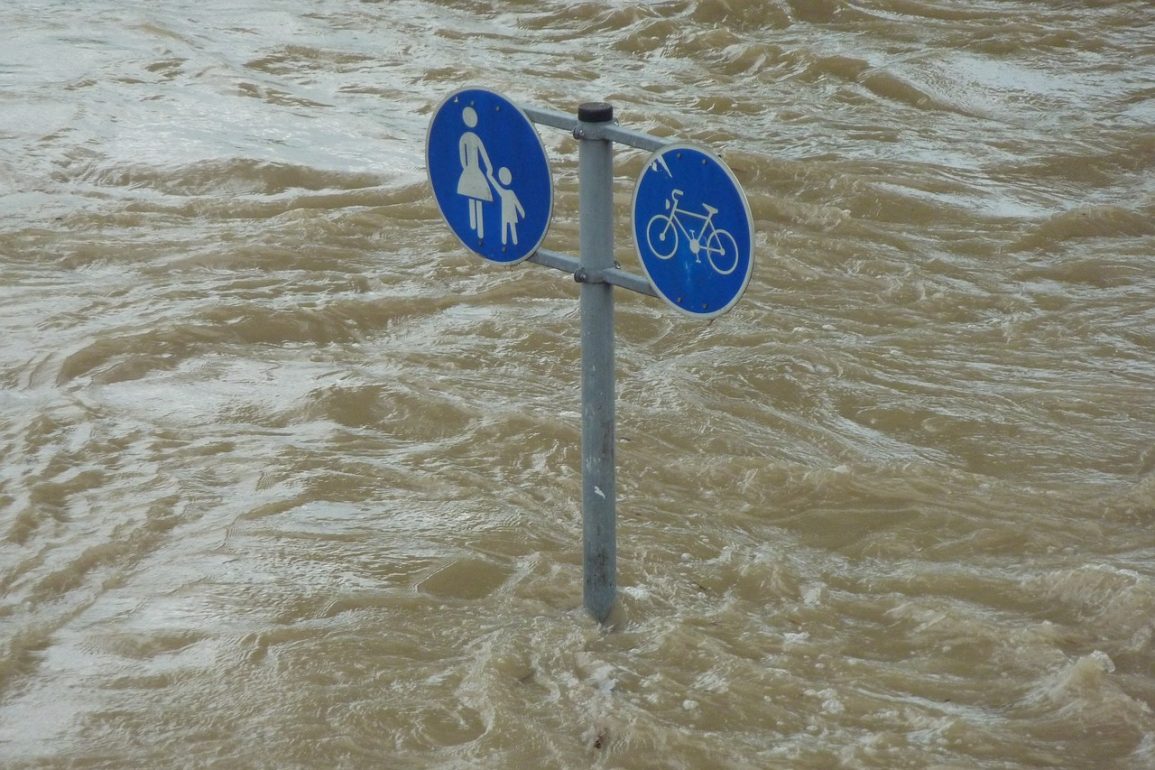Recent reporting by The Guardian on the devastating floods in Spain has underscored a critical shift in how we perceive “natural disasters,” now increasingly recognized as climate-related events.
Dr. Ilan Kelman, in his book Disaster by Choice, emphasizes that most so-called “natural disasters” are significantly influenced by human decisions and actions.
This highlights the urgent need for educational reform to prepare the younger generation for the realities of a climate-altered future.
As climate change intensifies the frequency and severity of floods, students must gain a thorough understanding of the interconnectedness of human activities and environmental systems.
The geography classroom plays a crucial role in this educational endeavor.
A striking statistic from the Department for Education reveals that there are currently 10,700 schools in England at risk of flooding, a number expected to rise to over 13,000 by the 2050s.

This alarming trend emphasizes the importance of incorporating flood risk awareness into the school curriculum.
The recent curriculum and assessment review has sparked a crucial debate about whether current educational frameworks are adequately preparing young people for a rapidly changing world.
With social, technological, and environmental dynamics evolving at an unprecedented pace, education systems must adapt accordingly.
A strengthened geography curriculum should be a key outcome of this review, focusing not only on theoretical knowledge but also on practical engagement with local environmental issues, such as flood risks.
By fostering an informed and proactive generation, we can empower young people to navigate the complexities of climate change.
This will not only enhance their educational experience but also equip them to contribute meaningfully to solutions in their communities and beyond.
The need for educational transformation has never been more pressing as we face the increasing realities of climate disasters.

